One of the joys of spring in Canada is the return of many of our bird species.
They grace our backyards with their bright colours and chipper songs. But with so many backyards to choose from, how can you make your property the go-to spot for birds this season? Many species look for the same amenities we all do when choosing somewhere to visit – the ideal place to stay. Providing birds with safe, suitable shelter is one of the best ways to attract them to your yard and help them to thrive.
Why do birds need shelter?
Shelter is an important source of safety and security for our winged friends. Branches, leaves and long grass can provide a haven for birds by hiding them from the view of predators, such as cats or larger birds. Dense vegetation can also help shield them from harsh weather. A safe shelter is especially important for nesting birds that need to protect themselves, their nests and their hatchlings.
Most shelters are also important food sources. Plants offer a feast for birds, providing them everything from berries to seeds to sap. Plants also host insects, which can be essential to a bird’s diet.
How can I provide shelter for birds in my backyard?
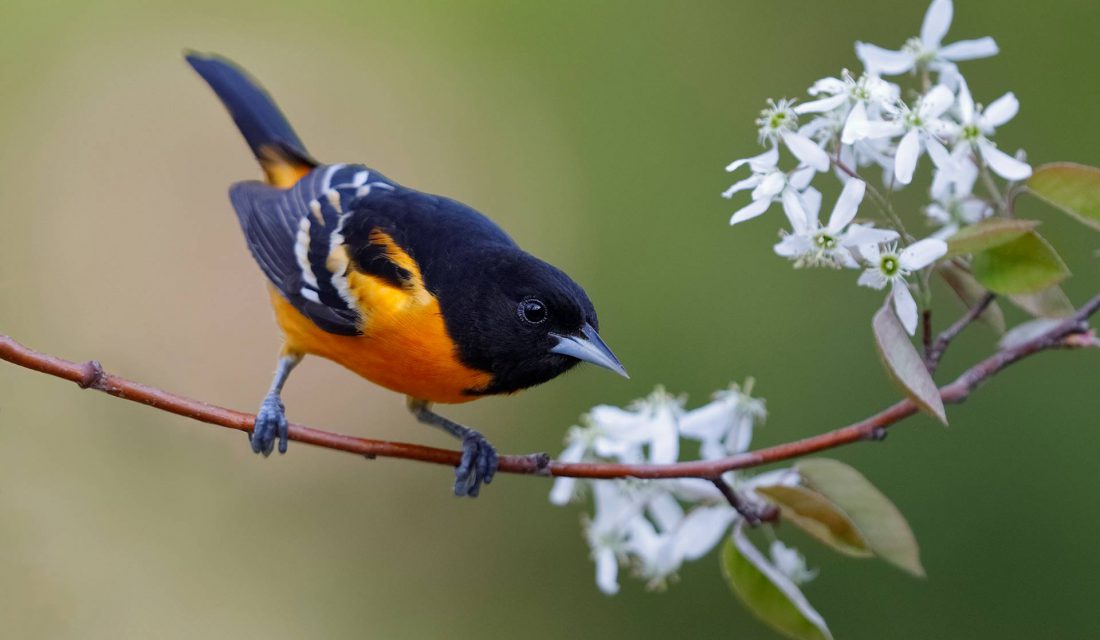
Birds benefit from many kinds of shelter. Providing a mix of different types, sizes and densities of vegetation will help to attract and support a variety of backyard birds. For instance, providing native evergreen and deciduous trees and a mix of shrubs – such as spruce, cedar, maple, oak, serviceberry and dogwood – will help a variety of species meet their specific needs.
Native plants
When choosing trees, shrubs and other plants for your yard, remember to include as many regionally native species as possible. Native plants are the perfect food for birds, providing them with fruit that has the right amount of fat. They are also the perfect food for insects.
But who wants insects in their trees and shrubs, you ask? Birds do! Many bird species need juicy caterpillars and other insects to feed their young and often themselves, too.
As a result, birds don’t tend to nest in non-native invasive plants, such as Norway Maples, that can’t support the same number of insects as our native species. After all, birds would have to search for food elsewhere, leaving their young for longer periods and expending more energy.
Tall grass
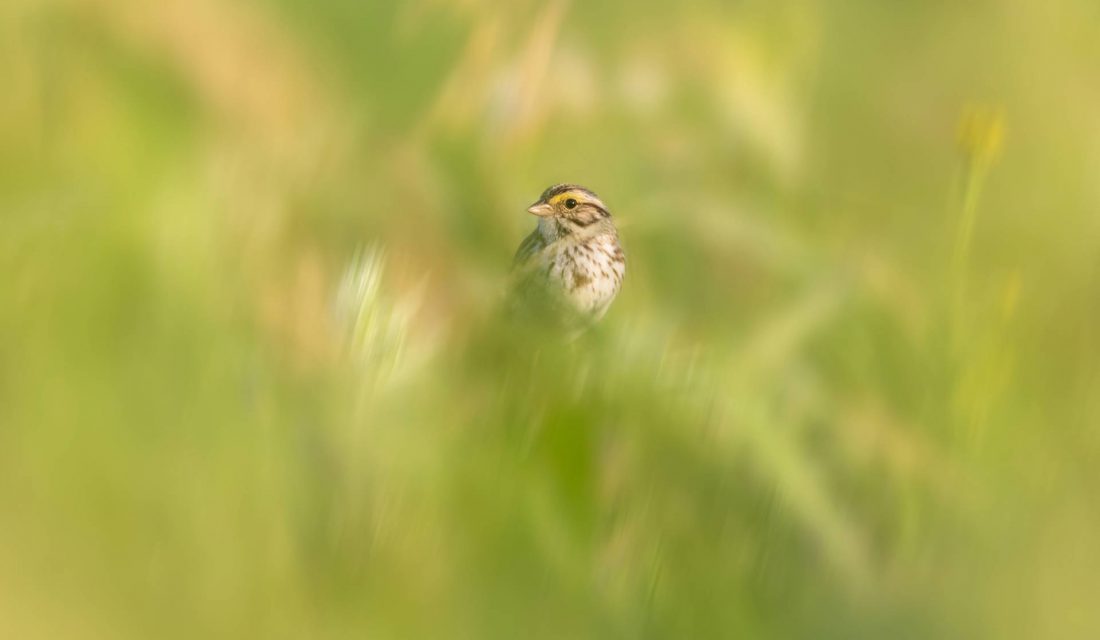
Grow it, don’t mow it! Leaving the grass in a section or corner of your yard to grow tall provides ideal shelter for many bird species. It also provides essential habitat for our threatened pollinators, including many bees and butterflies. And it allows you to spend less time doing one of summer’s least exciting chores – mowing!
Shrubs
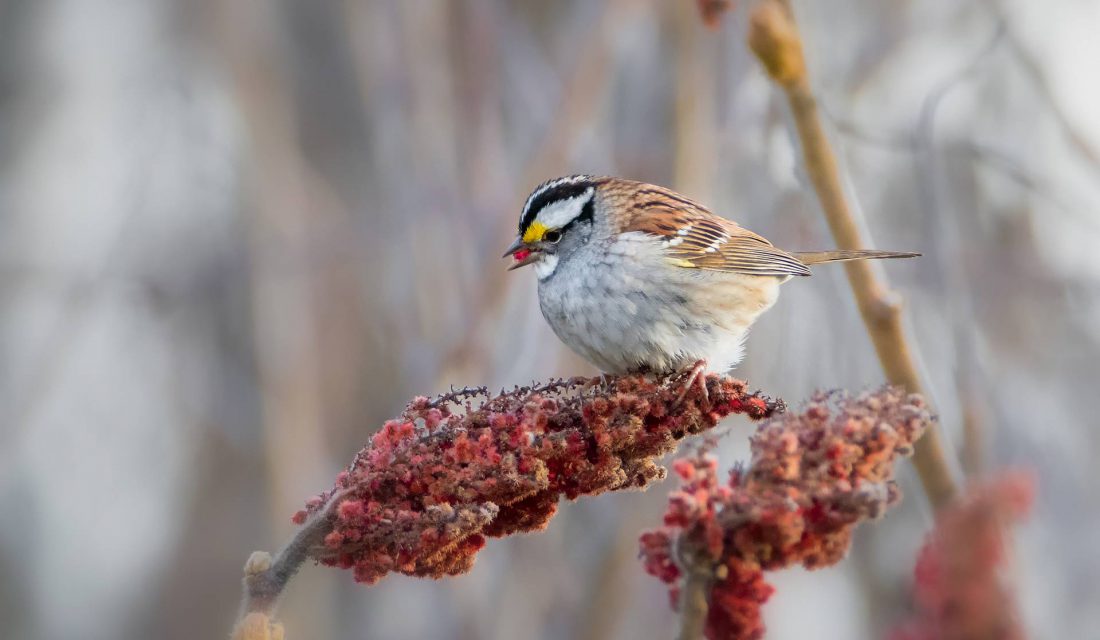
Shrubs are another source of shelter for birds – and they offer a feast of insects! If you have a small yard without much space for trees, then providing a variety of shrubs is a great way to help our feathered friends.
Trees
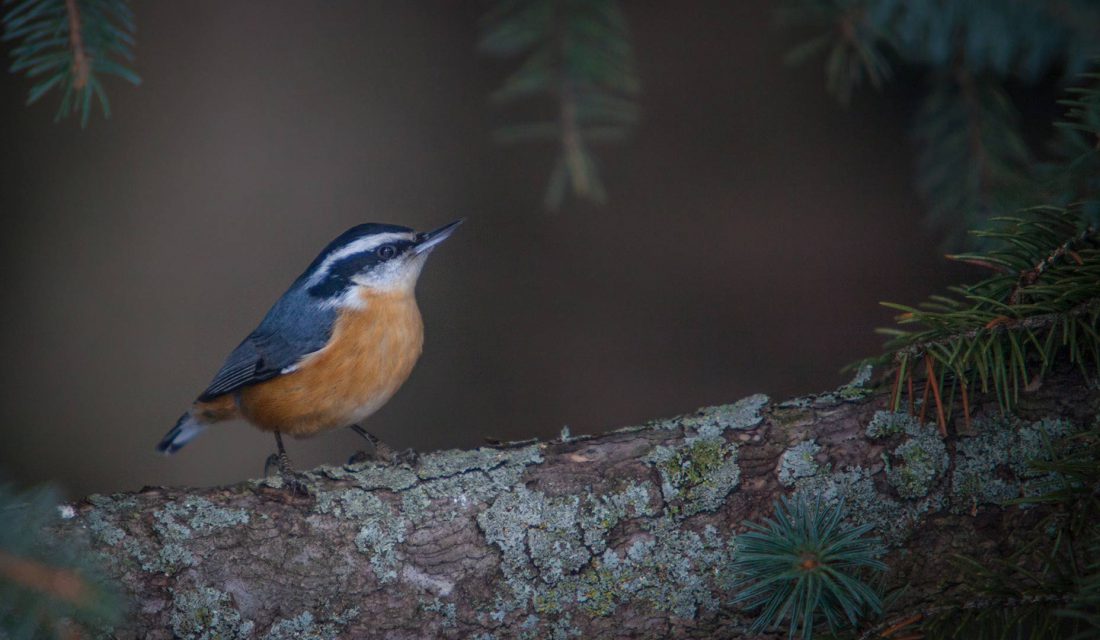
Planting trees, both deciduous and evergreen, is an ideal way to provide birds with food, shelter and nesting spots. Even in winter, an evergreen continues to provide shelter in its canopy and trunk while deciduous trees remain beneficial for cavity nesters.
Dead or dying trees – known as ‘snags’ – are also helpful by providing nesting cavities and insects for certain birds, including woodpeckers, Tree Swallows and bluebirds. However, make sure a snag is safe before leaving it on your property.
Birdhouses
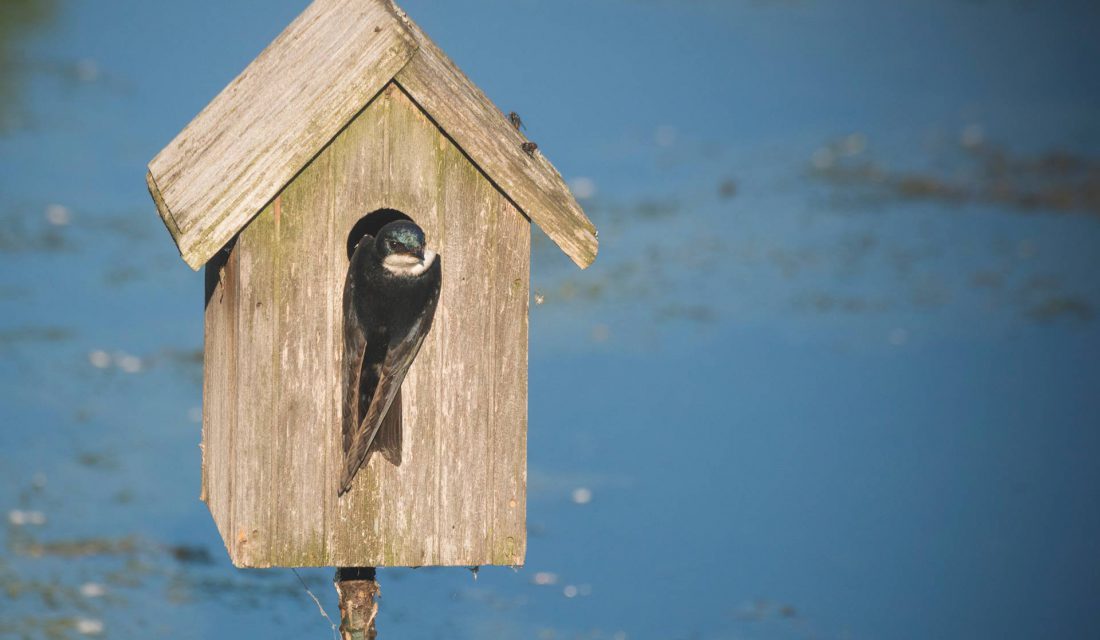 You can supplement natural shelter on your property by installing a birdhouse or nesting box. Before doing so, read our tips for selecting the right birdhouse to ensure you choose a product that is safe and appealing for the bird species you want to attract.
You can supplement natural shelter on your property by installing a birdhouse or nesting box. Before doing so, read our tips for selecting the right birdhouse to ensure you choose a product that is safe and appealing for the bird species you want to attract.




4 comments
Hello, Have a couple of questions:- I have been feeding the birds for years, this year it seems that the Junco’s don’t want to leave, any idea why? Also any thoughts on what the turkey vultures will eat as there will be little if any road kill due to much less traffic on our roads.
thanks, Ann
Hi Ann! Thanks for your questions!
With people spending more time at home, there are lots of stories about COVID-19 and how it is affecting wildlife. To answer your question, Turkey Vultures should be okay. They’re not picky eaters and will still find remains from predator-prey interactions, and while traffic on the road has decreased, there will still be some roadkill. As for your juncos, spring migration typically occurs in March and April. In some populations, females tend to migrate sooner than males. Perhaps some individuals have left and others will start their spring migration soon.
That was a really great article and I was able to take a lot of information out of it ! Thank you so much.
I’m glad you talked about how you can install a birdhouse to improve a bird’s natural shelter. I want to get a birdhouse for my garden, a lot of birds live nearby, and I will like them to stop by. I’ve never had one before, so this article will be helpful for me. Thanks for the information about how important is to choose the right birdhouse for the bird species that you want to attract.